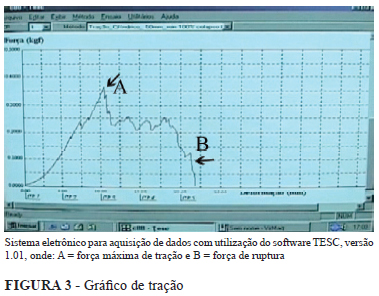BACKGROUND: The wound healing consists of a perfect and coordinated cascade of events that result in tissue reconstitution. The healing process is common to all wounds, independently of the agent that has caused it. It is divided didactically into three phases: inflammation, proliferation or granulation and remodelation or maturation. The collagen is the most abundant protein in the human body and is also the main component from the matrix wounds. The collagen is organized in a thick and dynamic net, resulting from constant collagen deposition and reabsorption. The wound scar is the result of the interaction among tissue synthesis, degradation and remodeling. There are several ways to evaluate wound healing. The methods most used are: tensiometry, collagen morphometry, immunohistochemistry and more recently, the dosage of growth factors. METHODS: All thesis presented at the Graduate Program in Clinical Nutrition of the Federal University of Paraná in the Research Line of "Organs and Tissue Healing" were reviewed. Additionally a literature search on the subject was undertaking by using Pubmed as well as Bireme . CONCLUSIONS: The wound healing is a complex process which has been subjected to numerous research studies in order to better understand it. Recent studies have attempted to influence the process by using either nutrients or drugs in order to achieve faster recovery after surgical trauma.
Wound healing






